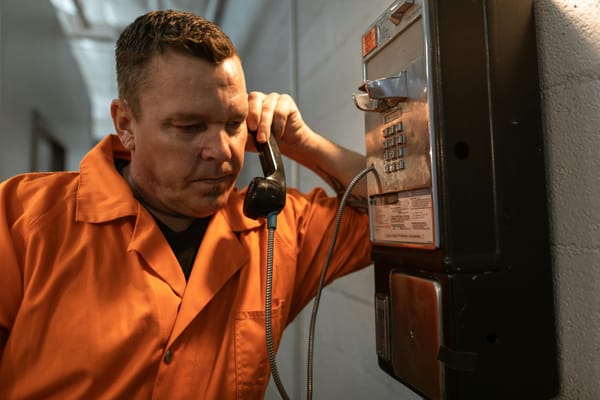FCC Acts to Expand Access to Spectrum Sharing in American Territories
Chairwoman Rosenworcel has been a longtime supporter of spectrum sharing, and these actions advance that aspect of her agenda.

May 8, 2021—The Federal Communications Commission on Friday took three actions to expand access to the 3.5 GigaHertz (GHz) band in American territories to expedite 5G deployment in the regions.
Puerto Rico, Guam, and American Samoa have notably lacked reliable 5G coverage in the past, but the FCC said it was taking steps to ensure that they will not be left behind as the rest of the country continues to roll out 5G,.
“No matter who you are or where you live, you need access to modern communications to have a fair shot at 21st century success,” Chairwoman Jessica Rosenworcel said in a statement.
The FCC acted to clear a way for commercial access to the segment of Citizens Broadband Radio Service that overlaps with the 3.5 GHz band. It did so by approving deployment and coverage plans for updated devices with environmental sensing capability—colloquially known as ESC sensors—for CommScope Inc, Google, Federated Wireless Inc, and Key Bridge Wireless LLC, in Puerto Rico and Guam.
Thos entities operate as spectrum access system coordinators. SAS is an automated system that coordinates spectrum use between incumbent operators and those with lower priority.
Additionally, the FCC approved Federated Wireless to expand the company’s SAS operations to operate within the CBRS portion of the 3.5 GHz band. These systems are used in bands that utilize a shared use model, such as the CBRS. This action will bring the CBRS to American Samoa for the first time.
These SAS systems will work in tandem with the ESC sensors to facilitate efficient communication between the different tiers of operators in the CBRS.
The FCC also conditionally approved the SAS applications for Fairspectrum LLC, Nokia, and RED Technologies. This action served as a step in expanding the use of the shared spectrum model—a move that is aligned with Rosenworcel’s stated agenda.










